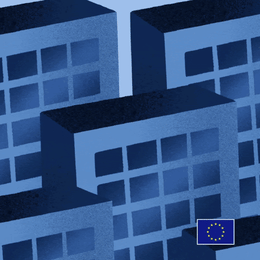Can you #ThinkNature now?
Micène Fontaine, April 15, 2021
I can't say we kids always loved it, but growing up in the Normandy countryside, my dad would often wake us up in the middle of the night to observe the stars or a deer eating his vegetable garden. Walks in the nearby forest were an opportunity for him to share his fascination with how plants can heal or poison you, and that - regardless - each plays a critical role. I’m now glad he woke us up. It instilled in me a deep appreciation for nature's power.
Nature-based remedies were commonplace at home for minor aches and pains, beauty, cooking, cleaning, and much more. This is not uncommon for anyone who grew up in the country. But it has - for a moment - been upstaged by seemingly shinier options.
As a young man, cities would become my playground, yet I always found a local health food store where I could buy my plant-based must-haves (I still do). This was decades ago, well before health food stores, plant-based everything, and farmers markets had gone mainstream. Before it was "on-trend." My remedies were called "weird" a lot. We've come a long way in our reconciliation with nature. Perhaps we've learned that nature always wins, so we might as well work with it rather than against it. If you had told me then that plant-based personal hygiene products for men would become mainstream in the US, I would have bet good money against it. Yet, here we are.
The built environment is on the same reconciliatory path back to looking up to nature to adapt, solve or alleviate our most pressing challenges. Architects, designers, urban planners, mayors, and communities are tapping the power of nature-based solutions or NbS for all the acronym-lovers out there. I call it ancestral knowledge or traditional wisdom. At a basic level, it's opting for green infrastructure (trees, parks, forests, etc.) and blue infrastructure (canals, ponds, wetlands, etc.) or hybrid (rain gardens, permeable surfaces, etc.) over grey infrastructure (dams, seawalls, pipes or treatment plants, etc.) as much as possible. Nature-based solutions rely on the intrinsic properties of ecosystems to simultaneously provide environmental, societal, and economic benefits while promoting human well-being and biodiversity. In other words, a tree is just a tree (and not a nature-based solution) unless it is an intentional part of a larger green/blue/grey infrastructure ecosystem. You’ll come across nature-based solutions in Houston, Cape Town, and cities across the globe.
Tell me something I don't know, right? Indeed, this "triple bottom line" of economy, environment, and society (or people, profit, and planet) sounds familiar; it's because it's not new. John Elkington coined the term in 1997. The same idea underlies the United Nations' 17 Sustainable Development Goals, which brings us back to Nature-Based Solutions, since NbS support all 17 of these Global Goals. This is a perfect opportunity to - once again - point out that profits and capitalism are not incompatible with being stewards of the planet and all forms of life on it. Quite the opposite, it's what makes it possible.
For a quick introduction to nature-based solutions, check out this 4-minute video on Ecosystem-Based Adaptation. For a 1-hour primer geared towards design professionals, check out our Change by Design session. Ready to test your knowledge? Then ThinkNature is the game for you.
Here is to people, profit, and the planet - by design.





